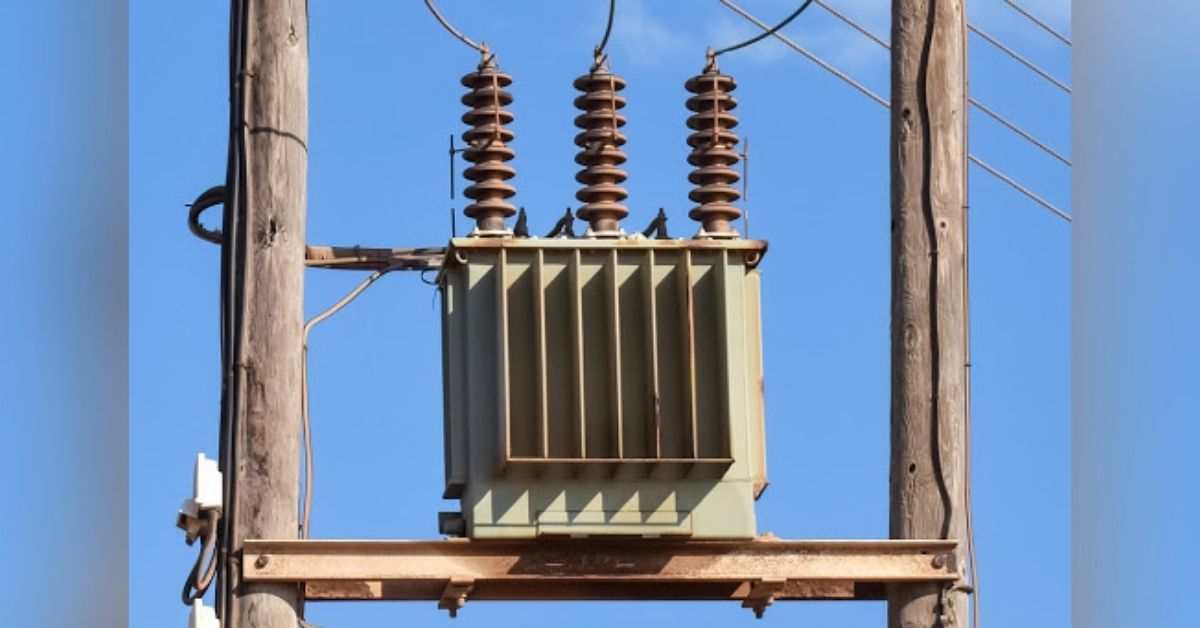
SRINAGAR — In a major relief for power consumers, the Jammu & Kashmir Power Development Department (JKPDD) announced today that the J&K Government will absorb any increase in electricity tariffs for the financial year 2024-25 by continuing its subsidy on electricity bills.
This decision effectively offsets projected tariff hikes by the Distribution Companies (discoms)—JPDCL for the Jammu region and KPDCL for the Kashmir region—meant to cover rising power purchase costs, inflation, and other factors. The government’s move, it said, will bridge the revenue gap without passing the additional costs to consumers.
A PDD spokesperson highlighted that a major portion of discoms' expenditure comprises power purchase costs, which are escalating due to rising coal prices. Other significant expenditures include operation and maintenance costs for expanding infrastructure. Without government intervention, these costs would have been passed on to consumers.
The discoms have submitted a proposal for a tariff increase for FY 2024-25 to the Joint Electricity Regulatory Commission (JERC) for approval. However, the government’s decision ensures no tariff increase for consumers, with the estimated loss covered by the government.
Currently, Jammu & Kashmir's electricity tariff is among the lowest in the country. After a six-year hiatus, there was a 17% tariff increase in October 2022. For FY 2023-24, metered consumers faced a 15% hike, balanced by the removal of a 15% Electricity Duty on energy charges, resulting in no net rise in bills. This trend continues for FY 2024-25 with no tariff increase.
In addition to easing financial burdens, the department is implementing reforms under the Revamped Distribution Sector Scheme (RDSS) to ensure better quality and reliable power supply. These reforms include the rapid implementation of smart meters to eliminate unmetered consumers, who contribute significantly to high AT&C losses. J&K, which had a metering percentage of 50% in 2019, now ranks among the top seven states for smart metering, surpassing the six lakh mark.
To address losses in unmetered areas, particularly in Kashmir, discoms are conducting calibrated load rationalization based on actual usage and connected loads, adhering to Electricity Supply Code regulations. Other reforms include 100% segregation of agricultural feeders, High Voltage Distribution Systems (HVDS), and state-of-the-art SCADA and RT-DAS systems, aiming to automate the system and meet modern consumer expectations.
Discoms have been directed to adopt best practices in accordance with the Electricity (Rights of Consumers) Rules, 2020, ensuring reliable and high-quality electricity services. With a Rs. 5,600 crore investment under RDSS over the next two years, the UT aims for a complete turnaround in the power sector, with the goal of providing 24x7 uninterrupted and affordable power supply for all consumers.
This post first appeared on The Kashmir Pulse
Post a Comment
Refrain from posting comments that are obscene, defamatory or inflammatory, and do not indulge in personal attacks, name calling or inciting hatred against any community. Let's work together to keep the conversation civil.